White small bathrooms can feel serene and spacious when designed thoughtfully. Incorporating classic white subway tiles across walls provides visual continuity and reflects light to make compact spaces appear larger. Embracing monochromatic white schemes—from glossy to matte finishes—creates a cohesive, calming atmosphere that highlights subtle textural contrasts. Adding natural materials such as light wood accents or live greenery introduces warmth and organic interest without overwhelming the palette. Strategic use of reflective elements like mirrored cabinets and glass partitions amplifies daylight and visually expands the room. Modern touches—such as floating vanities, polished chrome fixtures, and statement lighting—lend a refined edge while preserving an airy feel. These principles, grounded in expert recommendations, form the basis for twenty inspiring small white bathroom ideas.
1. Embrace White Subway Tiles
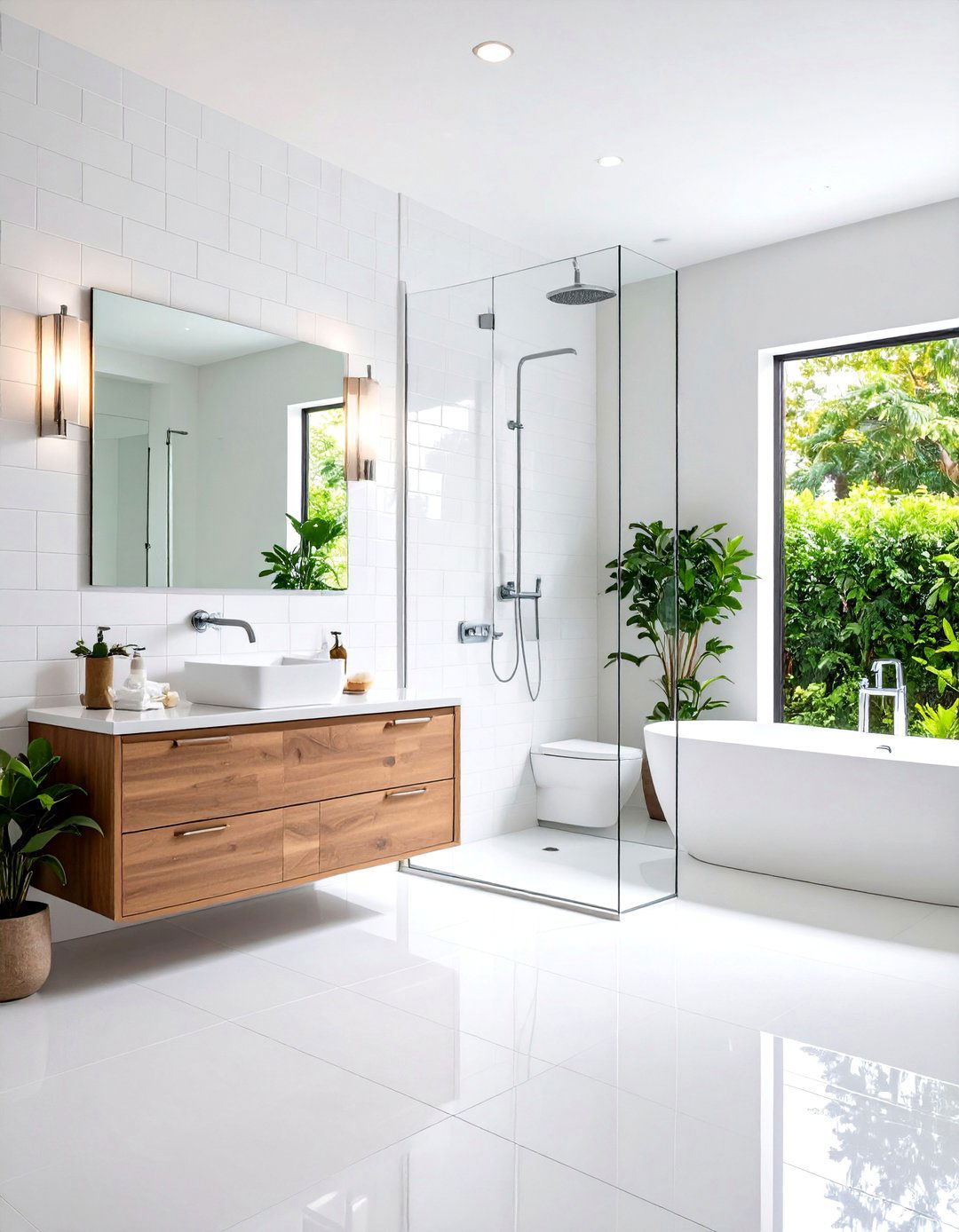
Subway tile provides a sleek, timeless look for small white bathrooms, framing the space with a clean, linear pattern that feels both modern and classic. Extending white subway tiles beyond the shower enclosure to cover full walls creates an unbroken visual plane that tricks the eye into perceiving greater depth. The glossy surface of these tiles reflects ambient and artificial light, contributing to a brighter overall atmosphere in compact layouts. For a seamless effect, consider larger-format subway tiles to reduce grout lines and simplify maintenance in tight quarters. Contrasting grout—whether matching white for minimalism or charcoal for definition—can subtly shift the mood from pure serenity to bold statement without altering the principal white scheme. Pairing subway tile with dark metal accents or slate flooring adds textural contrast that grounds the design and prevents it from feeling sterile. This approach capitalizes on the tile’s versatility, allowing personalization through shape, size, and installation pattern without sacrificing luminosity.
2. Monochromatic White Schemes
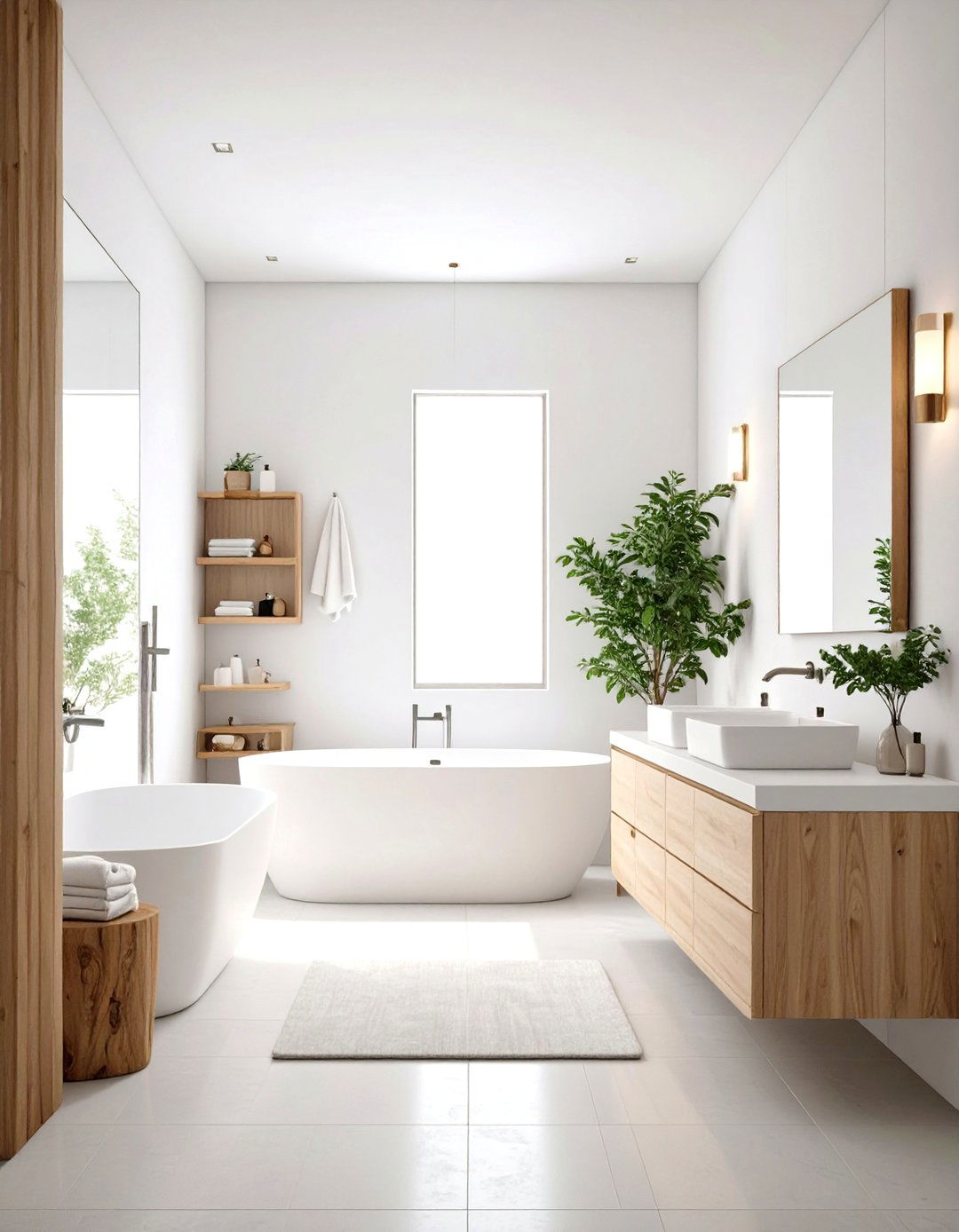
Monochromatic schemes harness various shades of white—from crisp cool whites to warm off-whites—to craft a unified, tranquil retreat that is ideal for small bathrooms. By layering these tonal whites through paint, tile, and accessory finishes, designers create visual depth while maintaining a light, airy feel throughout the space. Subtle variations in texture—such as matte plaster walls against semi-gloss cabinetry—enhance this approach by introducing tactile interest that keeps the purely white palette from appearing flat. Incorporating natural materials like whitewashed wood or stone further enriches the monochromatic backdrop without deviating from the all-white scheme. Because white reflects up to 90% of available light, this style leverages both natural and artificial illumination to visually expand compact spaces. For added sophistication, select fixtures and fittings—from faucets to lighting—whose white tones share a similar undertone (warm or cool) to avoid color clashes. The result is a serene, spa-like ambiance where the eye travels effortlessly across uniform surfaces, making a small bathroom feel both cohesive and spacious.
3. Maximize Light with Mirrored Accents
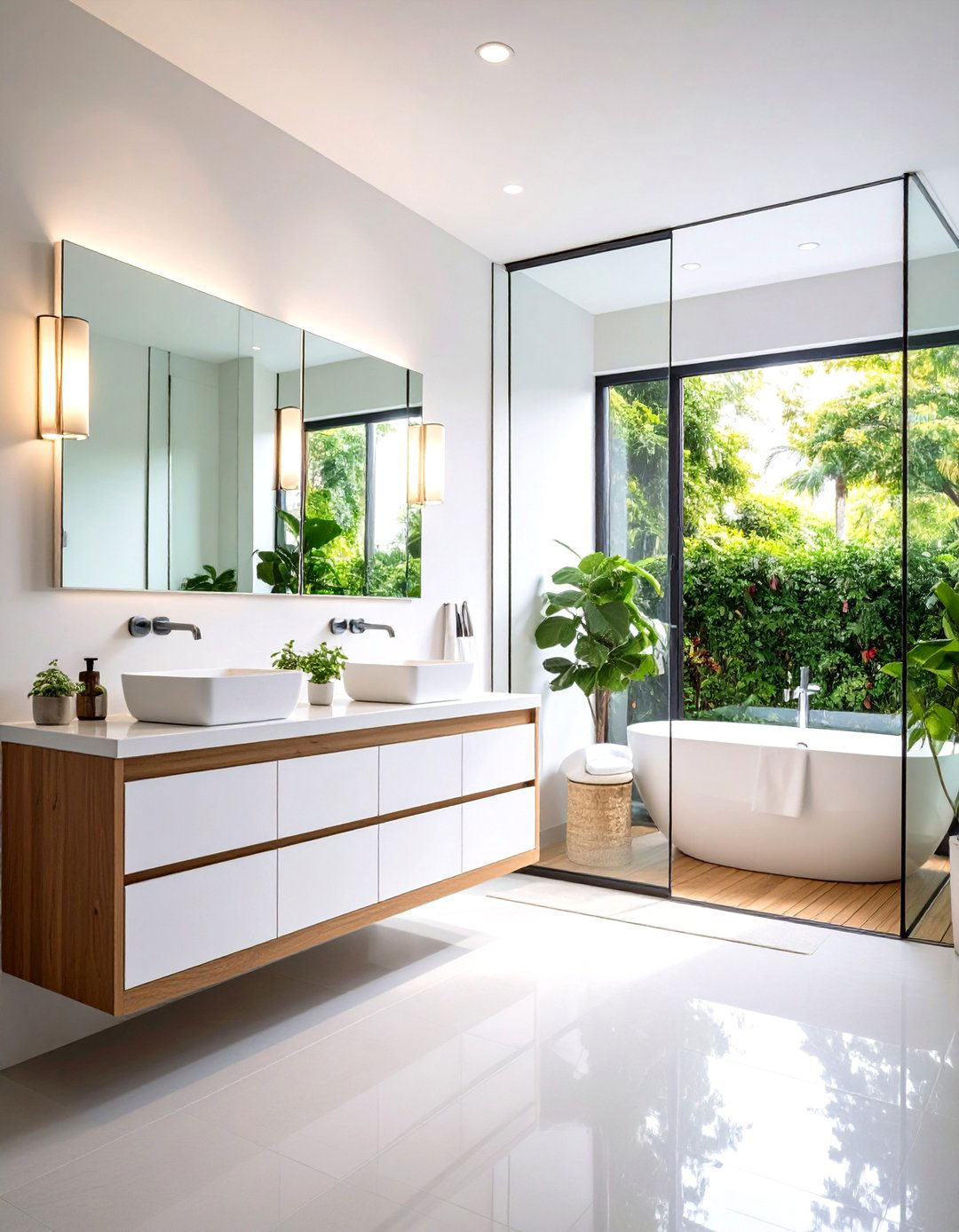
Integrating mirrored surfaces—be it mirror-front cabinetry, full-wall mirrors, or mirrored accent panels—instantly multiplies light sources and extends sightlines in small white bathrooms. Mirrors positioned opposite windows or light fixtures bounce daylight and glow from sconces, creating an illusion of a larger, more luminous room. For seamless integration, choose mirror-front storage units that conceal toiletries and minimize visual clutter while maintaining reflective continuity. Consider frameless mirror installations to avoid breaking the reflection with framing lines, which can interrupt the clean, uninterrupted white backdrop. In an ultra-compact powder room, an oversized mirror can replace art or decorative elements, serving both functional and aesthetic purposes without encroaching on precious wall space. Backlighting behind a floating mirror adds both drama and depth, emphasizing the mirror’s form and further brightening the space. This strategic use of mirrors, combined with a white palette, transforms even the tiniest bathroom into a bright, open sanctuary.
4. Introduce Warm Wood Accents
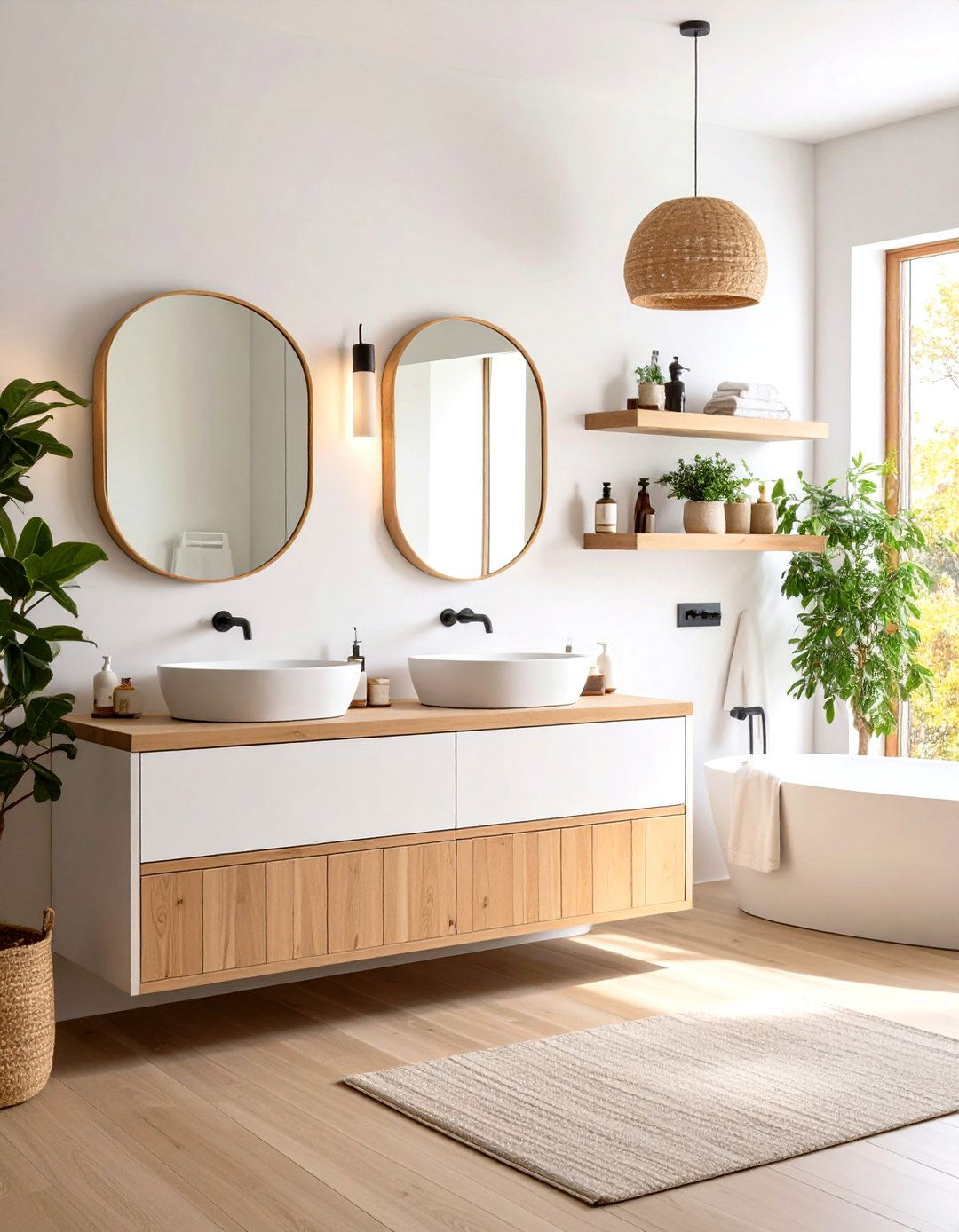
Warm wood tones—ranging from bleached oak to honeyed teak—provide an immediate sense of warmth and natural texture that complements white surfaces beautifully. A whitewashed wood vanity or floating wood shelf adds organic interest and prevents an all-white scheme from feeling clinical. Matching the wood’s undertone (cool or warm) with your chosen white paint ensures harmony between materials, avoiding jarring contrasts that could disrupt the serene vibe. Natural wood also responds well to moisture when properly sealed, making it suitable for humid bathroom environments without compromising durability. Incorporating wood through smaller elements—like a stool, towel ladder, or change in floor planks—allows for flexible updates as trends evolve. When paired with white walls and tile, these wood accents highlight the simplicity of the design while adding depth and character. This strategy balances brightness and warmth, ensuring a cozy yet expansive atmosphere in compact wash spaces.
5. Infuse Accent Colors with Accessories

A fully white canvas provides the perfect backdrop for introducing accent hues via textiles and décor, allowing for easy seasonal updates and personalized flair. Colorful rugs in bold geometric patterns can ground the space and introduce warmth, breaking up expanses of white tile or patterned flooring. Statement lighting—like a sculptural pendant or colored glass sconces—serves as functional art, drawing the eye upward and adding a focal point in a small bathroom. Wall art or framed prints in muted pastels or vibrant jewel tones can infuse personality without overwhelming the white palette. Swapping out towels, shower curtains, and decorative objects for different accent hues is a low-commitment way to refresh the design periodically. Accent hardware—such as brass or matte black towel bars and faucets—doubles as color injection while maintaining elegance within a white setting. This approach leverages small accessories to deliver big style impact, ensuring the white bathroom remains adaptable and vibrant.
6. Create Black-and-White Contrast
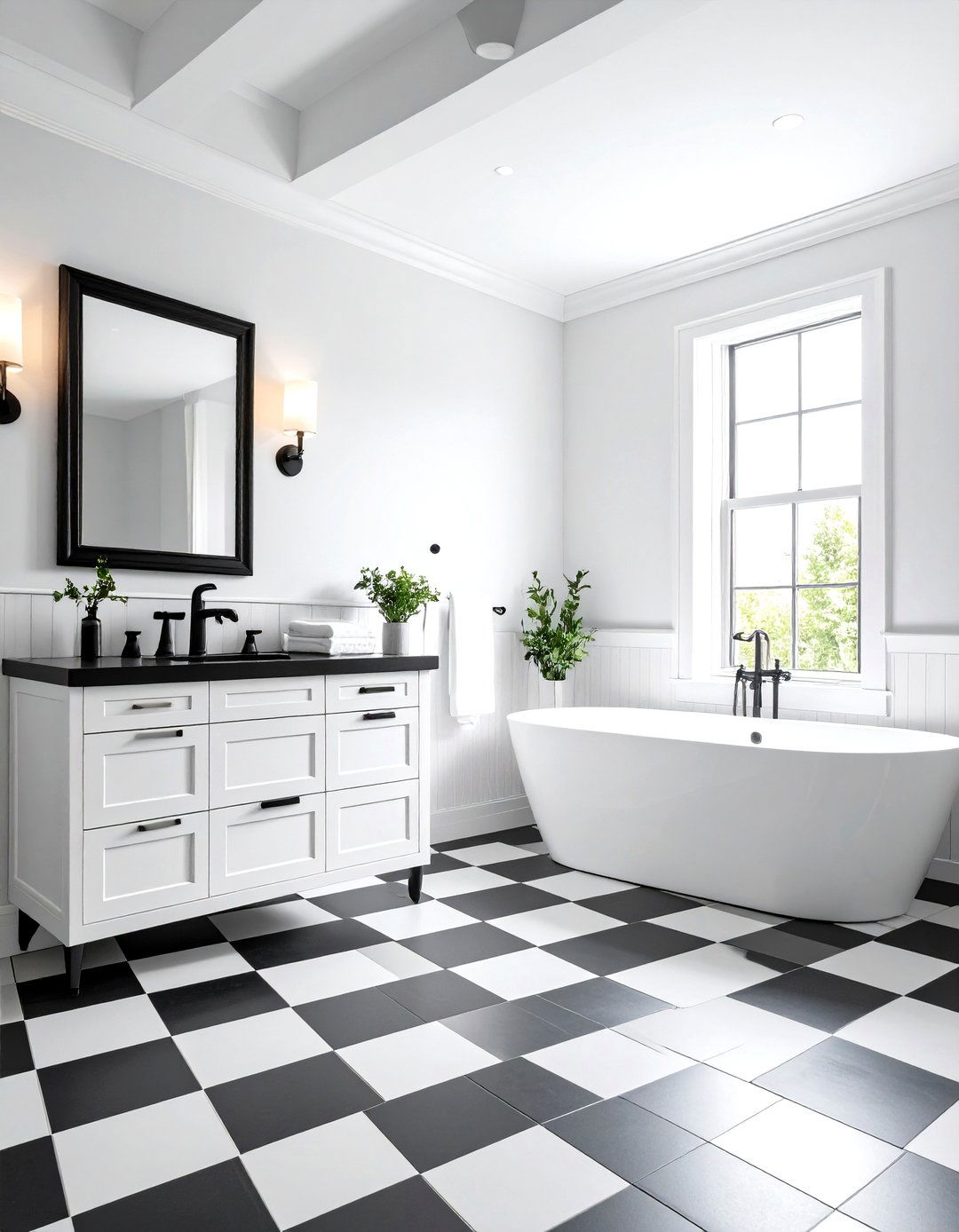
Introducing black elements—whether through flooring, fixtures, or trim—can anchor an all-white bathroom and lend a sophisticated graphic edge. Black-and-white floor tiles in hexagon or checkerboard patterns establish an immediate visual statement while preserving the bright white backdrop. Matte black faucets and shower fixtures create sleek focal points against stark white walls and tiles, adding modern drama without compromising light reflection. Dark cabinetry or window frames provide a sense of definition and depth, especially in bathrooms with high ceilings or large windows. To avoid an overly severe look, pair black accents with warm white paint tones and natural wood elements for balance. This pairing of extremes also enhances architectural features—like niches or recessed shelves—by highlighting their shapes against contrasting backdrops. When done thoughtfully, black-and-white contrast elevates a small white bathroom into a striking, museum-worthy space.
7. Maintain Pure White Simplicity
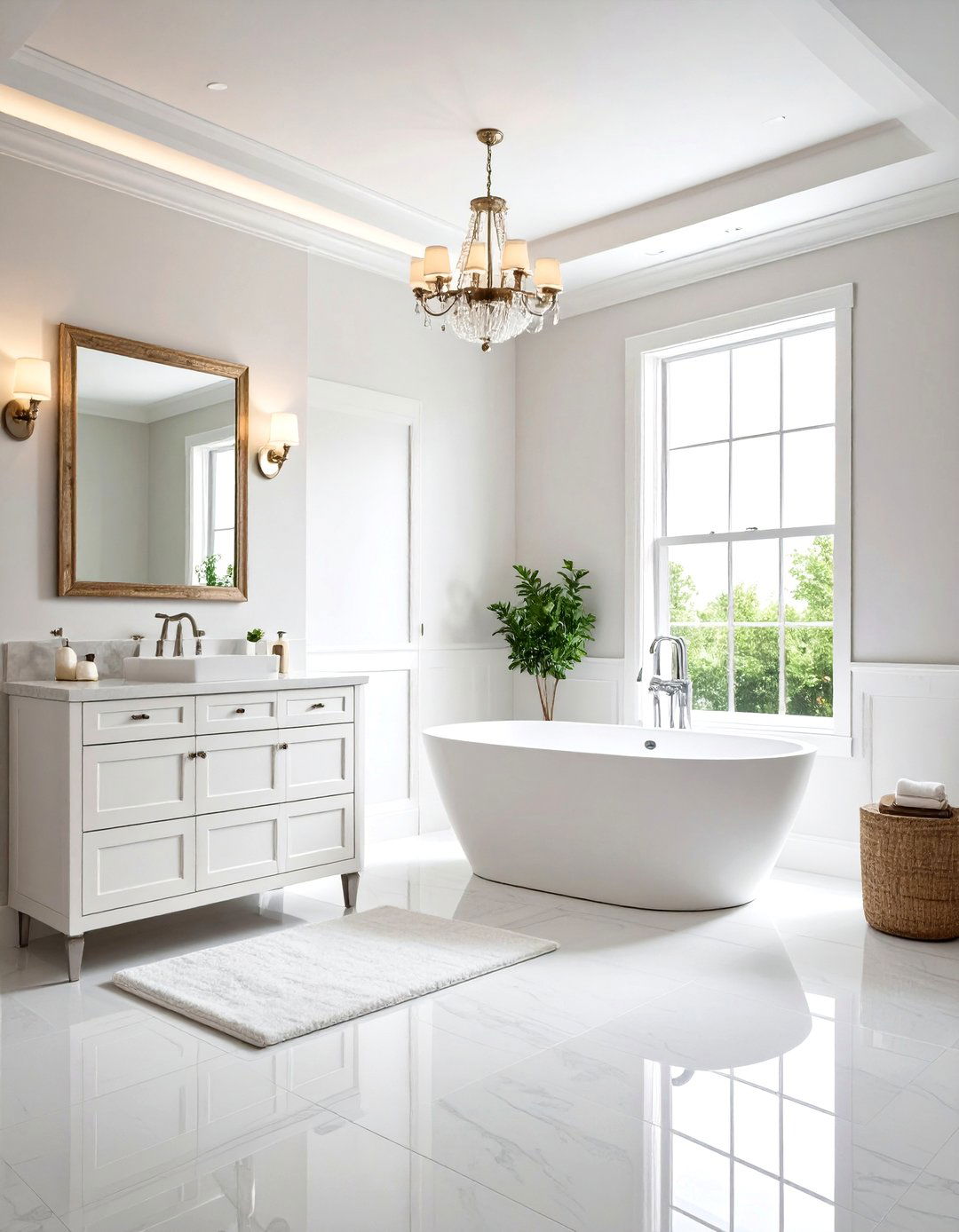
A purely white bathroom palette exudes timeless elegance and clarity, making it an ideal choice for compact spaces where visual calm is paramount. By focusing on handcrafted tiles, textured bath mats, and subtle shadow lines, the design achieves depth without introducing additional colors. Selecting a single white undertone for paint, tile, and fixtures ensures a cohesive look that feels intentional rather than monotonous. All-white schemes also make cleanliness more apparent, encouraging regular upkeep and reinforcing the bathroom’s fresh aesthetic. Incorporating glossy surfaces—like polished chrome fixtures or high-gloss cabinetry—adds reflective interest that prevents the space from feeling flat. Minimalist hardware, hidden storage, and recessed lighting contribute to the uncluttered simplicity that defines a pure white bathroom. This approach is both classic and functional, yielding a bright, serene retreat in even the smallest of floor plans.
8. Transform into a Spa-like Wet Room

Converting a small bathroom into a wet room removes the visual barrier of shower enclosures, creating a seamless, spa-inspired environment. Fully waterproofed floors and walls allow water to flow freely into a hidden linear drain, maximizing both style and functionality. Without bulky frames or doors, the space feels more open, and the continuous floor plane enhances the perception of width. For a cohesive look, use the same white tile throughout the floor and shower area, accented with matte finishes or subtle patterns for slip resistance. Framing the shower area with glass panels minimizes water spray while preserving sightlines, further brightening the bathroom. Incorporating built-in niches provides essential storage without breaking the sleek tile surfaces. A wet room’s spa-like simplicity and thermal comfort—achieved through underfloor heating—make it a luxurious yet practical choice for compact white bathrooms.
9. Play with Textures and Patterns

Introducing varied textures—such as ribbed wainscoting, fluted glass partitions, or 3D mosaic tiles—imbues white bathrooms with visual interest and tactile depth. Pair smooth, large-format wall tiles with a textured floor—like penny tile or natural stone mosaics—to ground the space and prevent it from feeling monotonous. Striped or chevron tile patterns on a single accent wall create a subtle focal point that respects the overall white palette. Layering textiles—such as a plush bath mat, linen shower curtain, or waffle-knit towels—adds softness that contrasts beautifully with hard surfaces. Frosted or patterned glass in cabinet doors or partitions offers privacy while maintaining light diffusion. Combining matte and glossy finishes—on paint, tile, or metalwork—ensures a dynamic interplay of light and shadow throughout the day. This textured approach yields a sophisticated, inviting small white bathroom that feels far more expansive than its footprint.
10. Opt for a Versatile Vanity
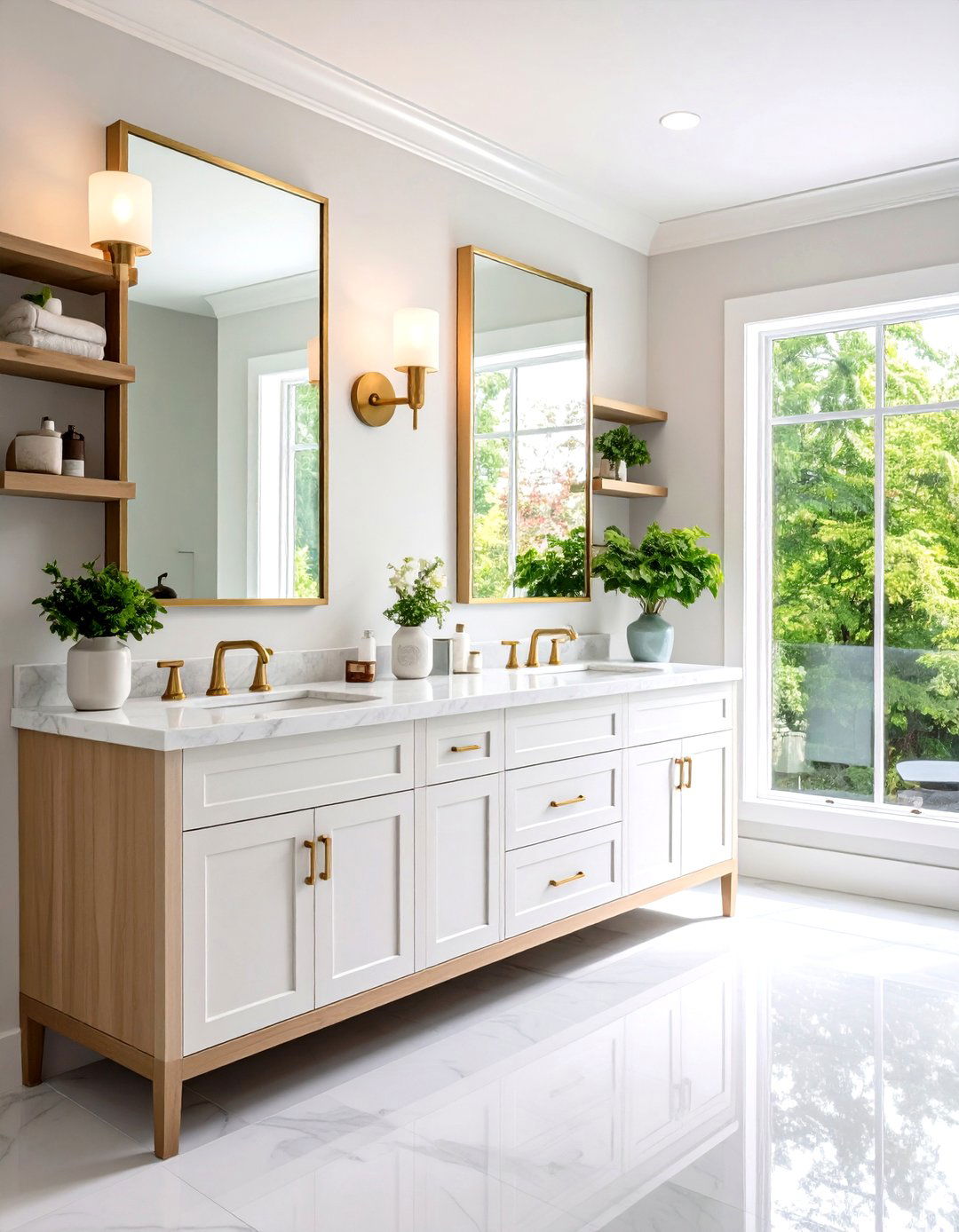
Selecting a transitional vanity—one that blends classic and contemporary lines—provides style flexibility and cohesion in a small white bathroom. A marble countertop paired with ceramic or marble-look porcelain flooring unifies different surfaces through shared materials, creating an upscale feel without a high-end price tag. Polished nickel or matte black hardware on the vanity introduces subtle contrast while matching other fixtures for a coordinated look. Wall-mounted vanities free up floor area, making the room appear larger and simplifying cleaning underfoot. Choose a vanity with open shelving or built-in niches to maximize storage and display curated bathroom essentials or decorative items. Floating designs can be highlighted with under-cabinet LED strip lighting to emphasize the illusion of levitation and enhance ambiance. This versatile vanity approach adapts to evolving tastes, ensuring longevity in both function and style.
11. Opt for Floating Vanities
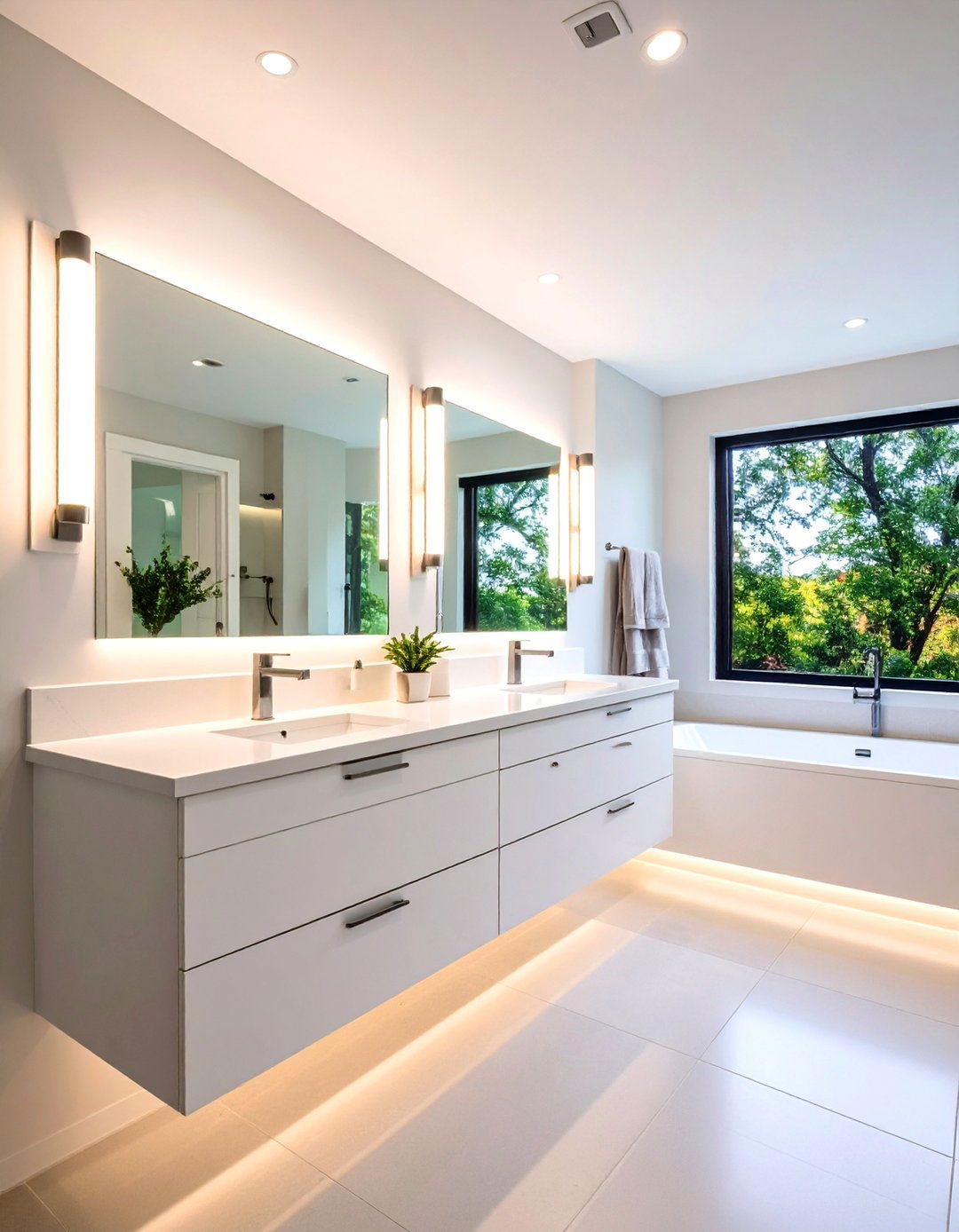
Floating vanities are prized in small bathrooms for their space-saving profile, leaving the floor visible to enhance openness and light flow. By mounting the vanity off the floor, you gain extra legroom for easier cleaning and the perception of extended floor space. The gap beneath allows for integrated lighting options—such as LED strips—that wash the floor with a soft glow, amplifying the room’s brightness. Floating vanities also encourage creative under-sink storage, like baskets or slim pull-out drawers that keep essentials organized without cluttering countertops. Sleek, wall-mounted faucets complement the floating aesthetic by reducing countertop clutter and reinforcing clean lines. When finished in white or light wood, these vanities blend seamlessly with white walls and tiles, maintaining a unified palette. This strategy combines functionality and style, making it a go-to solution for elevating small white bathrooms.
12. Choose Vintage and Classic Fixtures
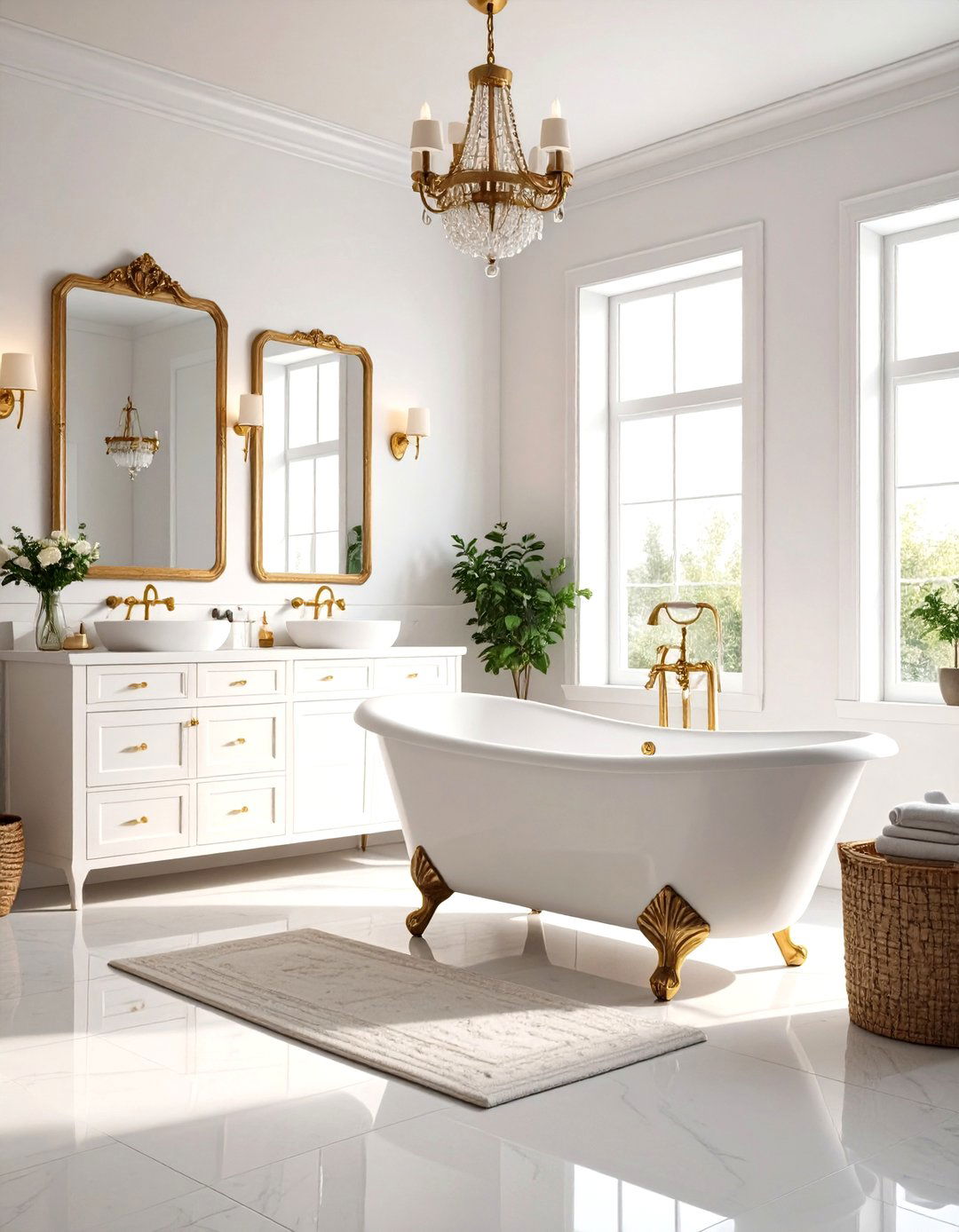
Vintage-inspired fixtures—such as a claw-foot tub or brass faucets—introduce character and timeless elegance into a small white bathroom. White-tiled wainscoting coupled with a freestanding antique tub creates a focal point that feels curated and inviting. Antique-style hardware in brushed finishes (aged brass, oil-rubbed bronze) contrasts softly against white surfaces for a warm, lived-in feel. Pairing classic fixtures with symmetrical layouts—dual vanities or centered tubs—enhances the traditional charm while maintaining balance in compact dimensions. Integrate framed vintage mirrors or art prints to amplify the period aesthetic without overwhelming the space. For a cohesive look, repeat vintage finishes across light fixtures, drawer pulls, and towel bars. This nod to the past elevates a white bathroom from purely functional to a refined sanctuary with enduring appeal.
13. Embrace Minimalist Scandinavian Influences
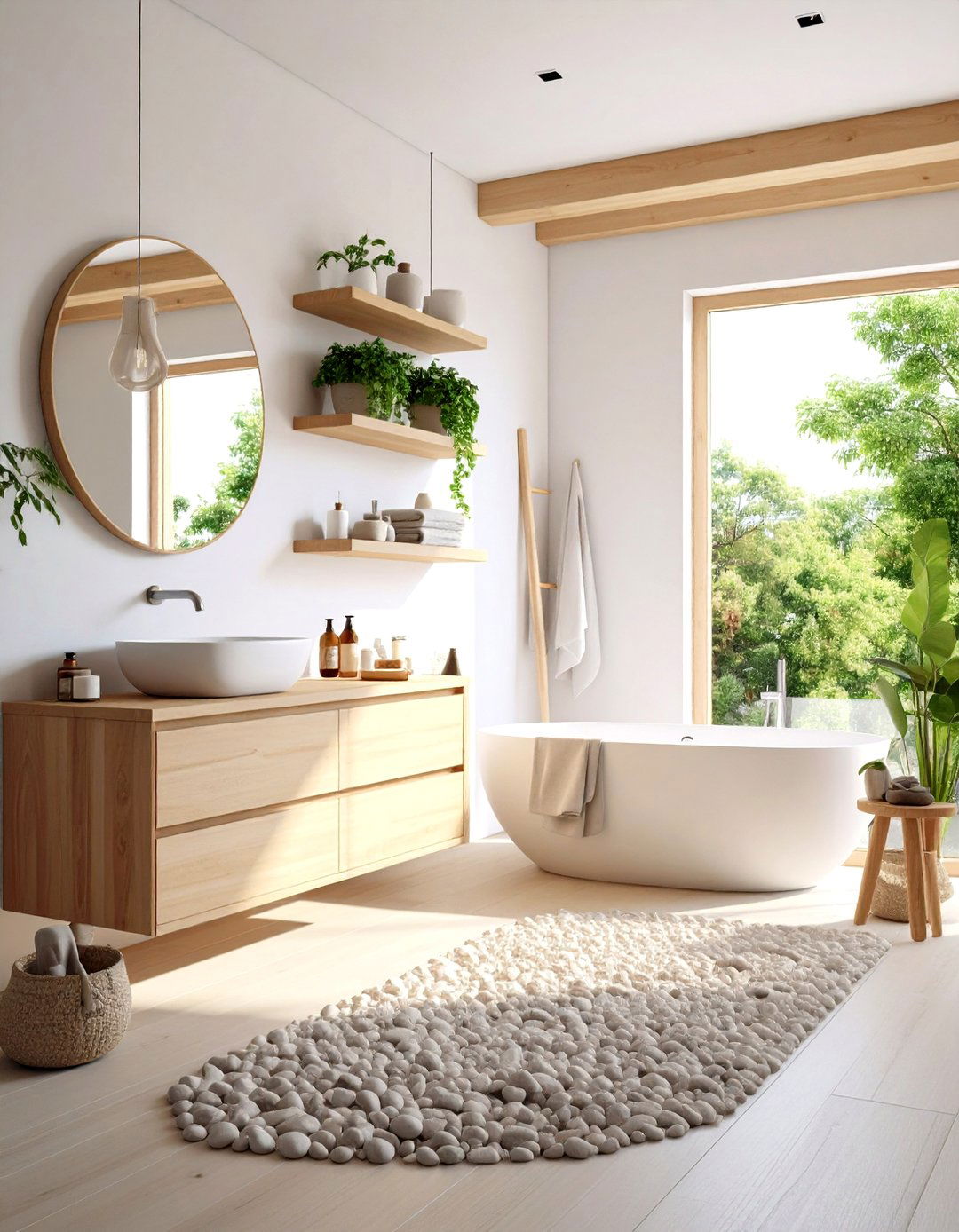
Scandinavian-inspired bathrooms champion clean lines, functional design, and organic materials—ideal for streamlined white bathrooms. Japandi—inspired iterations blend Scandinavian minimalism with Japanese simplicity, prioritizing natural textures and uncluttered layouts. Simple white walls serve as a blank canvas for light wood shelving, pebble accent tiles, and vessel sinks crafted from stone or ceramic. Open shelving or recessed niches reflect the Scandi ethos of accessible yet discreet storage, keeping the bathroom tidy and visually light. Incorporate muted accent textiles—like linen hand towels or a woolen bath mat—in neutral tones to add tactile warmth without color overload. Minimalist fixtures in matte black or brushed steel maintain a crisp, modern edge while respecting the pared-back aesthetic. This approach ensures a small white bathroom feels serene, practical, and in harmony with contemporary design trends.
14. Add Marble Elements
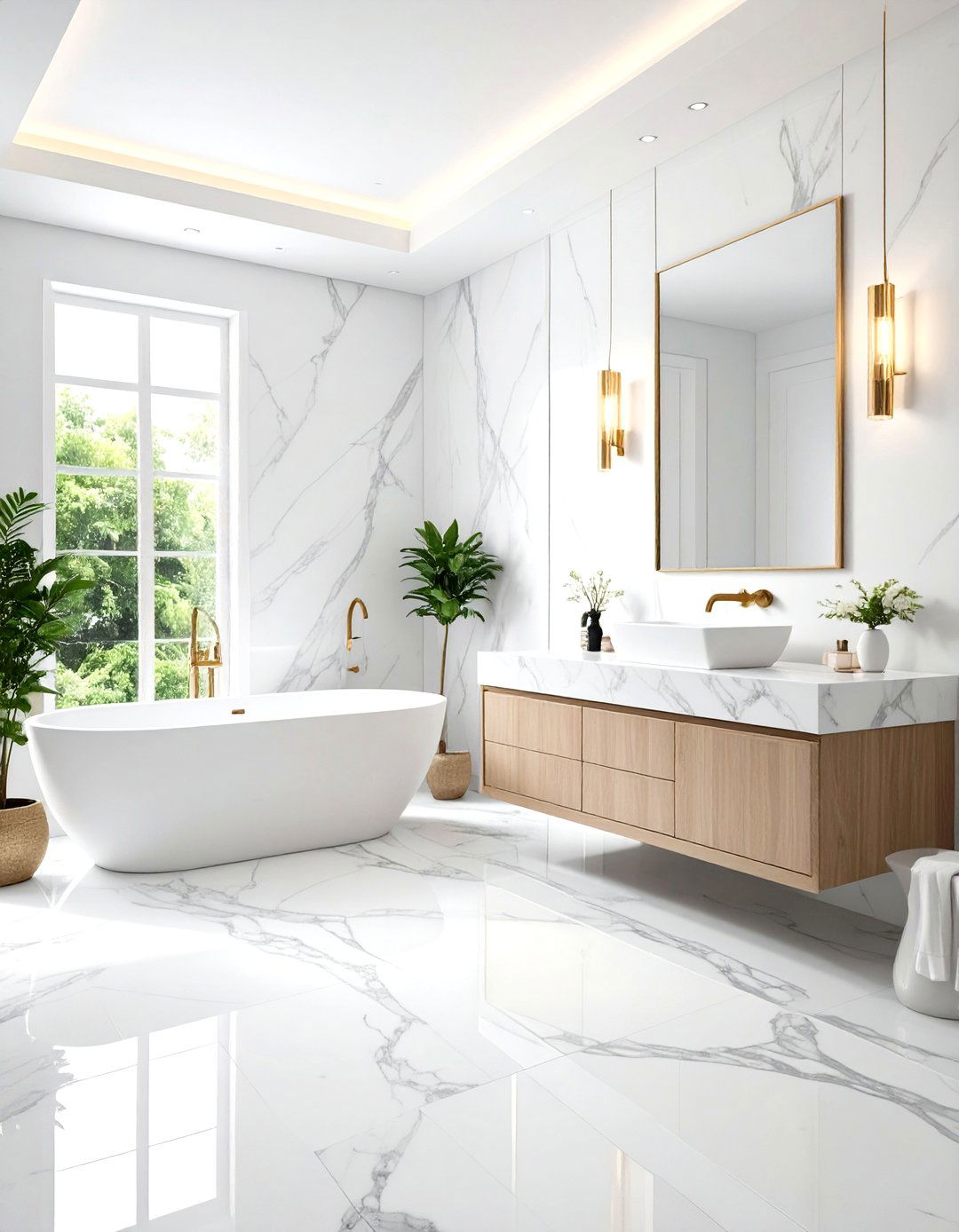
Marble accents—whether in the form of countertops, shower surrounds, or flooring—infuse white bathrooms with natural luxury and subtle pattern. A marble wall panel or backsplash introduces gentle veining that breaks up expanses of white without introducing additional colors. Polished marble surfaces reflect light and complement high-gloss finishes on cabinetry and fixtures for a cohesive, upscale look. If full marble installations exceed budget, marble-look porcelain tiles offer a cost-effective alternative with similar visual impact. Pair marble elements with warm wood or metallic accents to prevent an overly cold aesthetic, ensuring a balanced, inviting ambiance. For small powder rooms, a marble vessel sink can serve as a dramatic focal point without requiring extensive renovation. Carefully chosen marble details elevate a simple white bathroom into a timeless, refined space.
15. Highlight Architectural Details
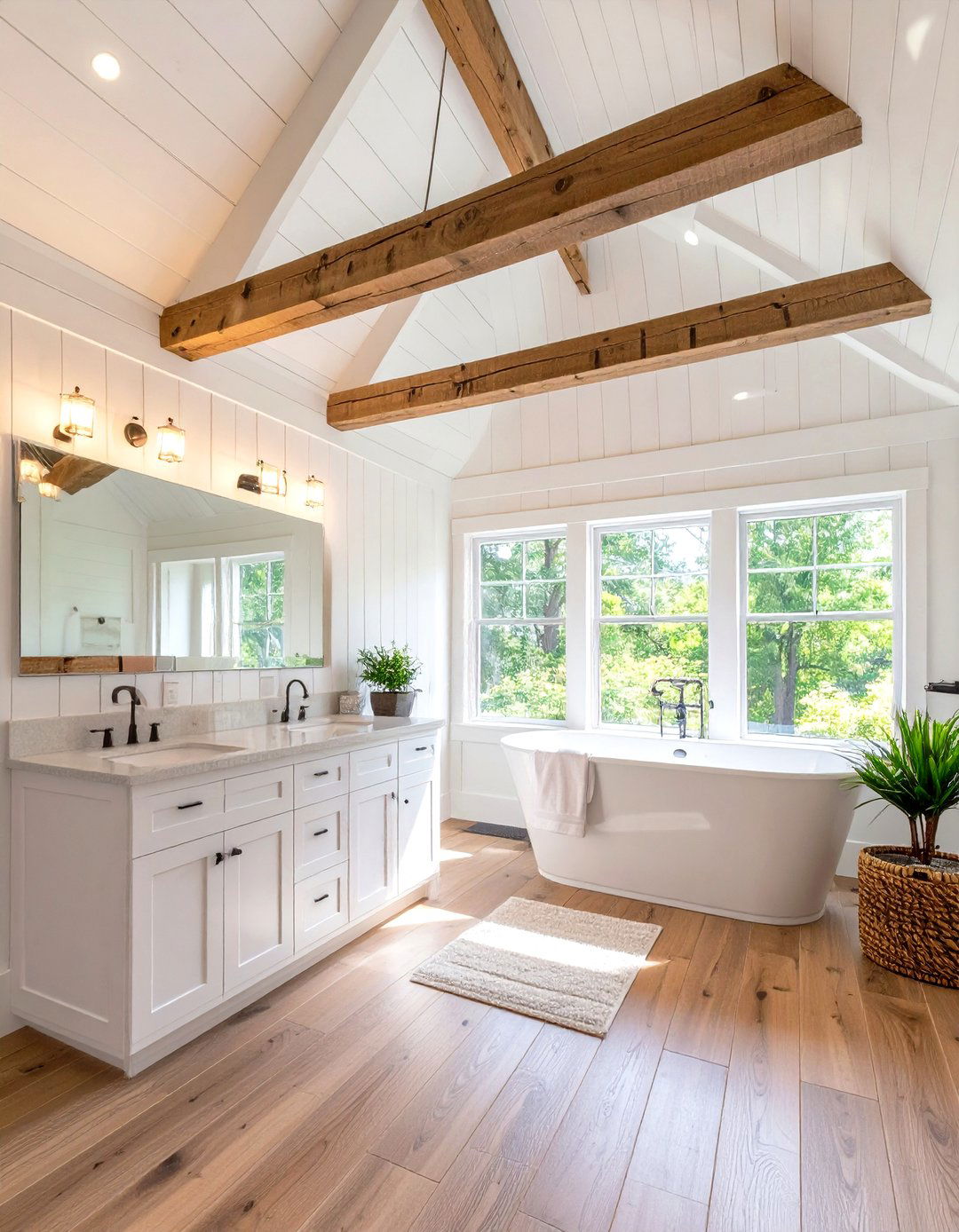
Using a white palette to showcase unique architectural features—slanted ceilings, exposed beams, or beadboard paneling—emphasizes the space’s character without overwhelming it. Painting ceilings and walls the same shade of white ensures light travels freely across irregular surfaces, softening shadows and highlighting textures. Beadboard ceilings or shiplap walls add a subtle pattern that plays with light and shadow, enriching an otherwise minimal backdrop. Contrasting accent walls—such as a single gray or muted pastel wall—can draw attention to sloped or vaulted ceiling lines for dramatic effect. Recessed lighting along beams or coves accentuates structural details and adds warmth to a predominantly white interior. Simple, white-framed windows bring the outdoors in, further accentuating any garden or sky vistas beyond. This approach celebrates the bathroom’s architecture, turning constraints into design highlights.
16. Use Patterned Floor Tiles
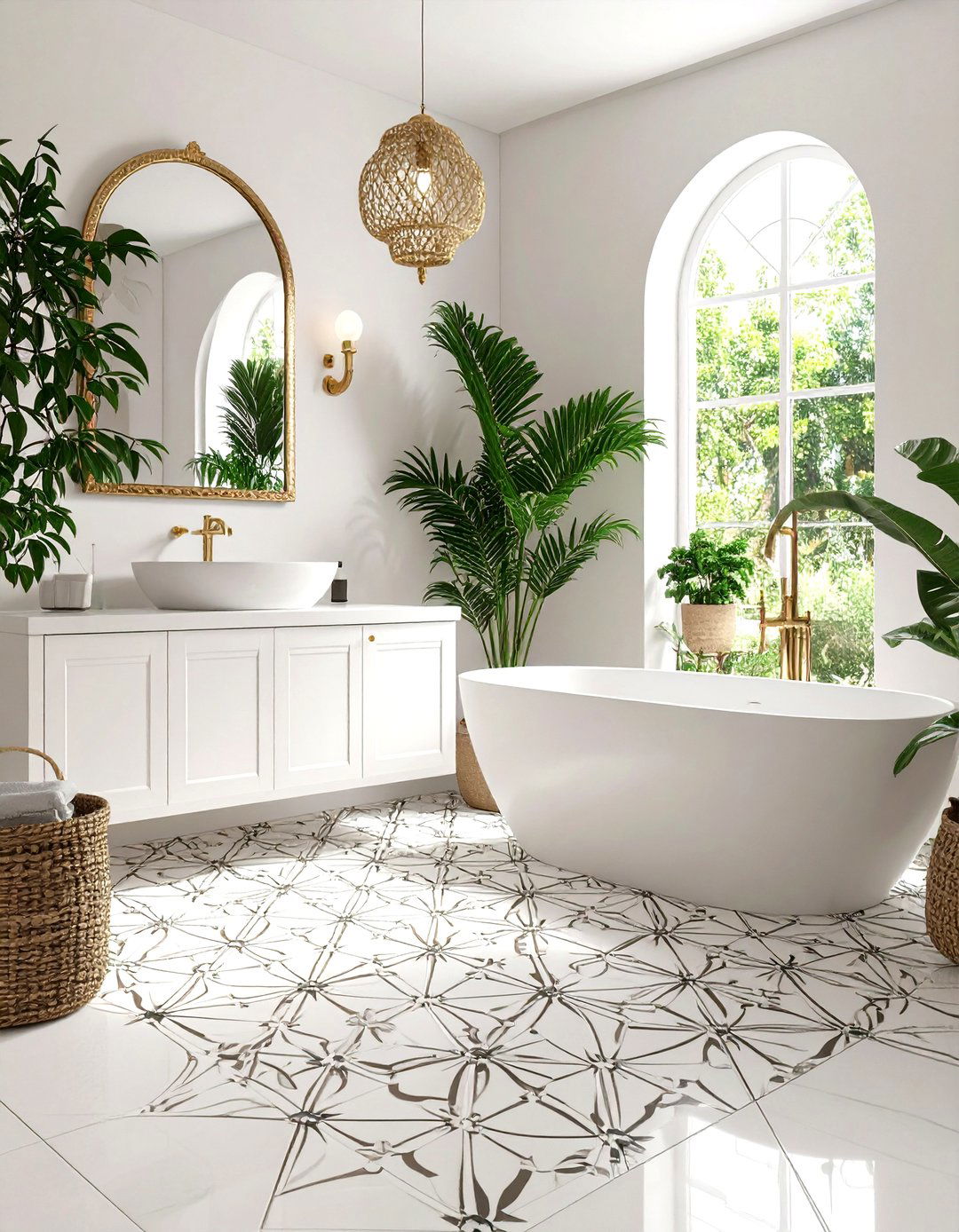
Patterned floor tiles—such as Moroccan zellige or encaustic cement—inject visual excitement into white bathrooms while staying within a neutral color scheme. A delicate geometric or tessellated pattern underfoot anchors the space, guiding the eye through the room and creating a “runway” effect. Limiting patterned tiles to the floor or a small inlay area prevents sensory overload, especially in tight quarters. Pairing these bold floors with simple white walls and fixtures allows the pattern to shine without competing elements. Subtle color variations in the tile—grays, taupes, or muted blues—can tie the design back to other bathroom accents. For ease of maintenance, choose matte or honed finishes that hide water spots and minimize slipperiness. Patterned floors bring personality and a sense of craftsmanship to small white bathrooms, ensuring a memorable design.
17. Add Greenery and Organic Touches
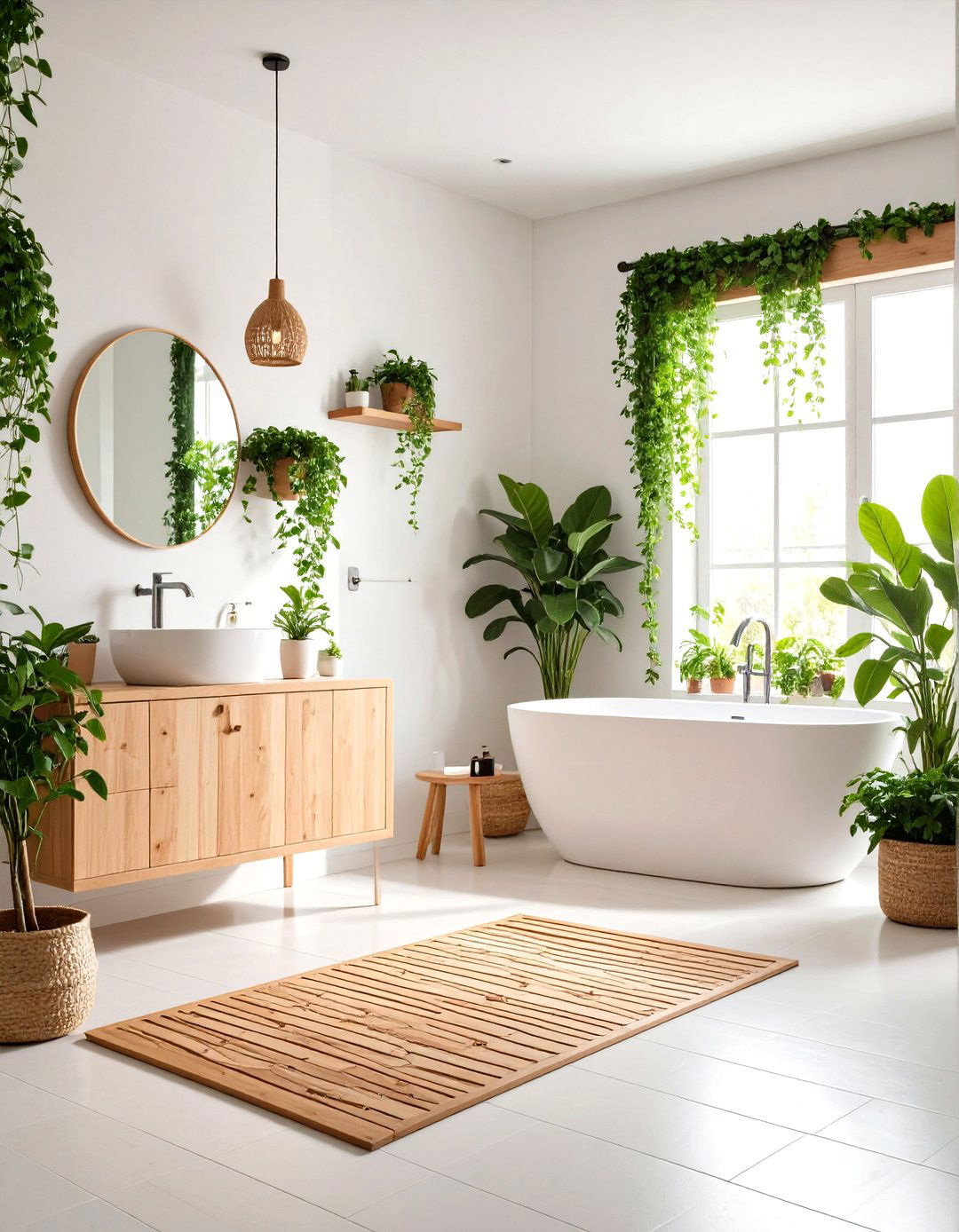
Integrating plants—such as potted ferns, trailing ivies, or a small bamboo shoot—brings life and a fresh aroma to a white bathroom, softening hard surfaces. A simple shelf or windowsill lined with easy-care species like pothos or peace lilies thrives in humid conditions while adding vibrant contrast. Hanging planters or wall-mounted vases maximize floor space, creating a vertical garden effect that draws the eye upward. Natural elements—like a teak shower mat or eucalyptus sprigs—enhance the spa-like experience by appealing to both sight and scent. Grouping greenery near light sources ensures plants thrive and casts organic shadows for added visual interest. Smart garden features—like self-watering pots—simplify maintenance, keeping the bathroom fresh even with minimal effort. This biophilic approach underscores the tranquil, natural appeal of a white bathroom retreat.
18. Integrate Chrome and Metal Highlights
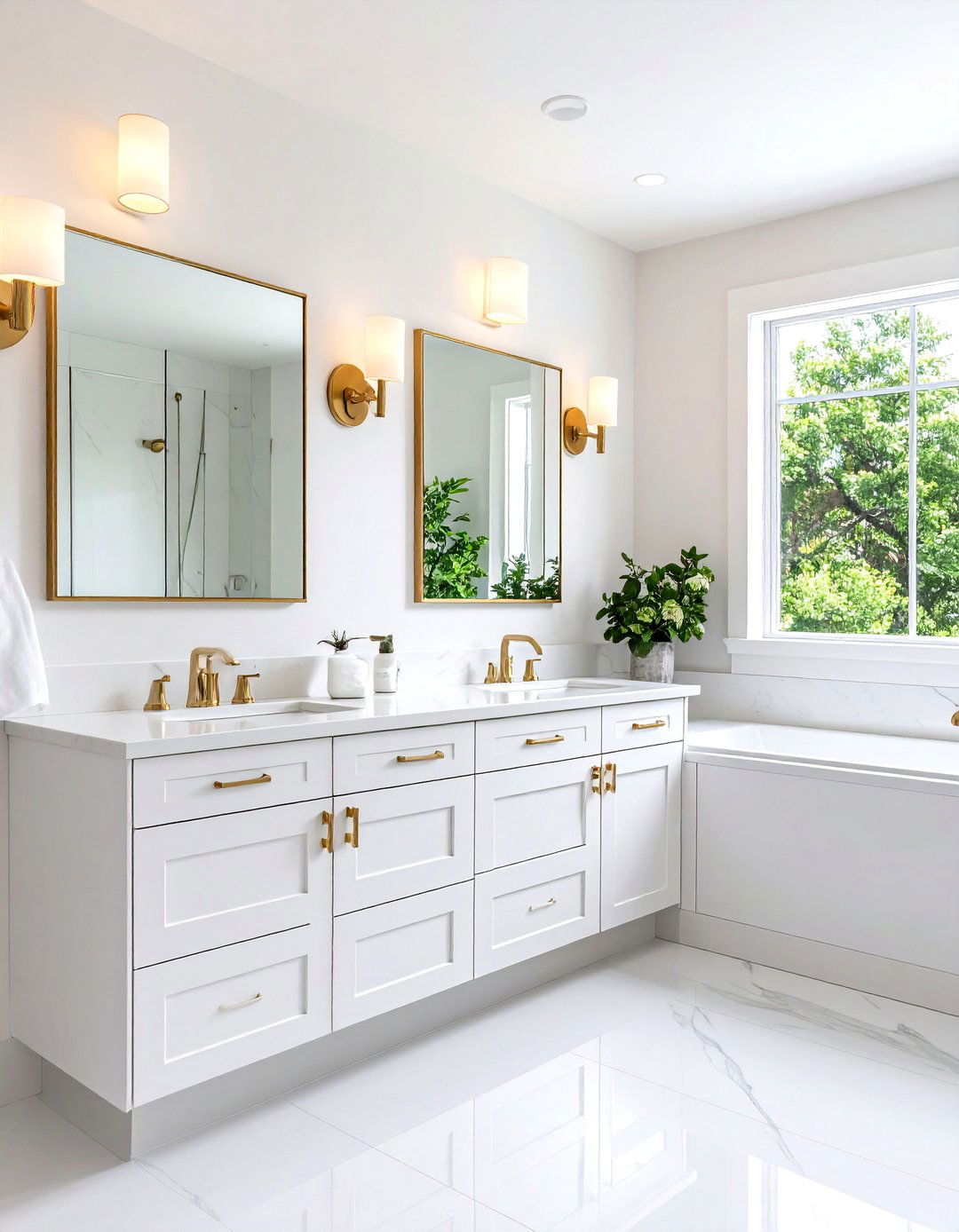
Polished metal finishes—such as chrome, nickel, or brass—add sparkle and definition against white backdrops, creating subtle focal points in key areas. Chrome faucets and shower heads reflect light brilliantly, enhancing the sense of cleanliness and shine in a small bathroom. Brass towel bars, cabinet handles, or mirror frames introduce warmth and luxury, especially when paired with warm white paints. For a cohesive design, repeat your chosen metal finish across multiple fixtures—fixtures, hardware, lighting—to tie the scheme together. Matte metallics—like brushed brass or satin nickel—offer a subdued alternative to high-gloss chrome, complementing textured tile and wood accents. Under-cabinet or toe-kick lighting with metallic trim adds functional illumination while highlighting the reflective surfaces of the fixtures. This strategic use of metal finishes elevates a white bathroom from simple to sophisticated without adding color.
19. Use Floating Shelves for Storage
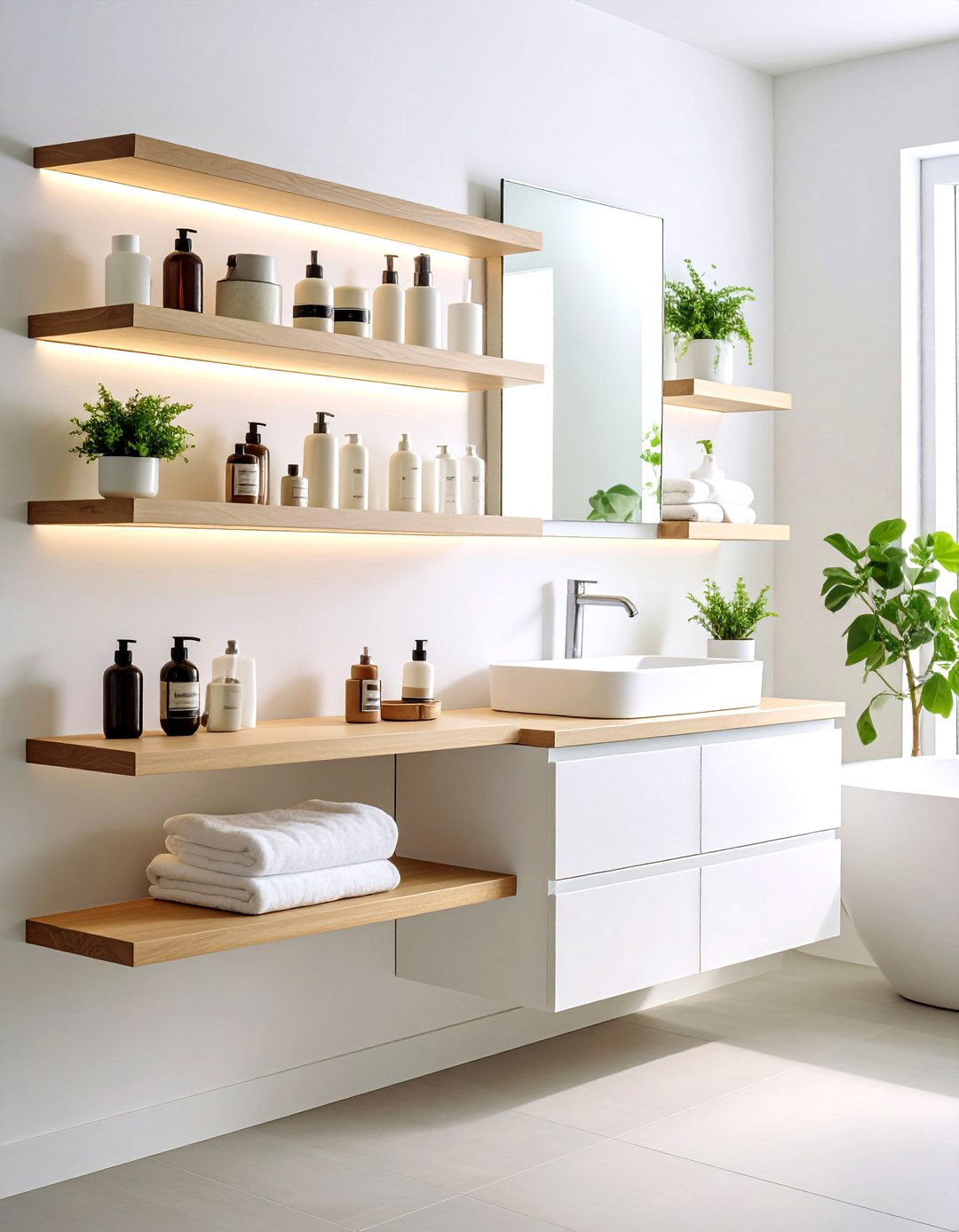
Floating shelves free up floor space and maintain open sightlines, making even the narrowest bathrooms feel more expansive. A white floating shelf above the sink provides convenient towel or toiletry storage while blending into the wall for a minimalist look. Grouping shallow shelves vertically maximizes storage without encroaching on elbow room, ideal for tight powder rooms. Decorative baskets or trays can corral small items, keeping surfaces tidy and reinforcing the bathroom’s style narrative. For a custom feel, integrate a small ledge into recessed niches, saving wall space while offering display opportunities for candles or plants. Pair shelving with under-shelf lighting to accentuate displayed objects and add a warm ambiance. Floating shelves strike a balance between function and form, ensuring storage solutions complement the white aesthetic rather than detract from it.
20. Statement Lighting and Mirrors

Bold lighting fixtures—such as sculptural pendants or oversized sconces—serve as functional art pieces that draw attention and elevate a small white bathroom’s design. A large statement mirror with an unconventional shape or colored frame adds personality while amplifying light and spatial perception. Pendant lights hung at different heights over a vanity create layered illumination and define functional zones within the bathroom. Integrated LED backlighting behind mirrors or vanity units provides soft, diffuse glow that enhances the white surfaces without harsh glare. Metallic or colored finishes on light fixtures can tie into other accent hardware, creating a cohesive, curated look. Opt for damp-rated fixtures designed specifically for bathrooms to ensure safety and durability in humid conditions. Thoughtful lighting design and mirror selection transform a small white bathroom into a dramatic, yet inviting, focal point of the home.
Conclusion:
A small white bathroom can transcend its compact footprint through strategic design choices that emphasize light, texture, and personalized accents. From the crisp lines of subway tile to the warmth of wood and the sparkle of metal fixtures, these twenty ideas showcase how a white palette can be both serene and dynamic. Embracing monochromatic schemes, mirrored surfaces, spa-inspired wet rooms, and minimalist Scandinavian influences ensures each element contributes to an open, airy feel. By integrating thoughtful storage, bold lighting, and natural touches, even the tiniest bathroom becomes a cohesive sanctuary. With these principles, white small bathrooms can achieve remarkable style, functionality, and timeless appeal.


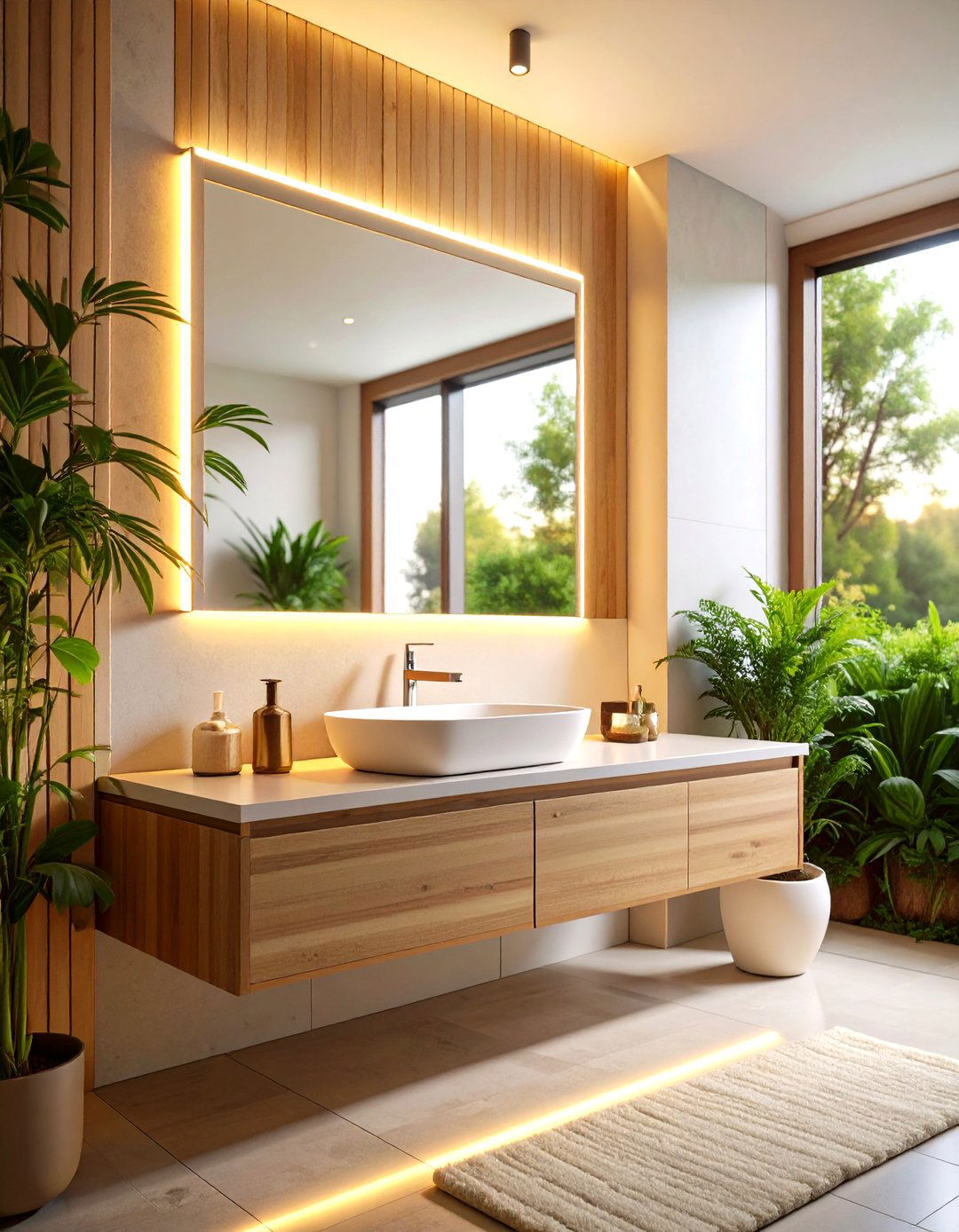
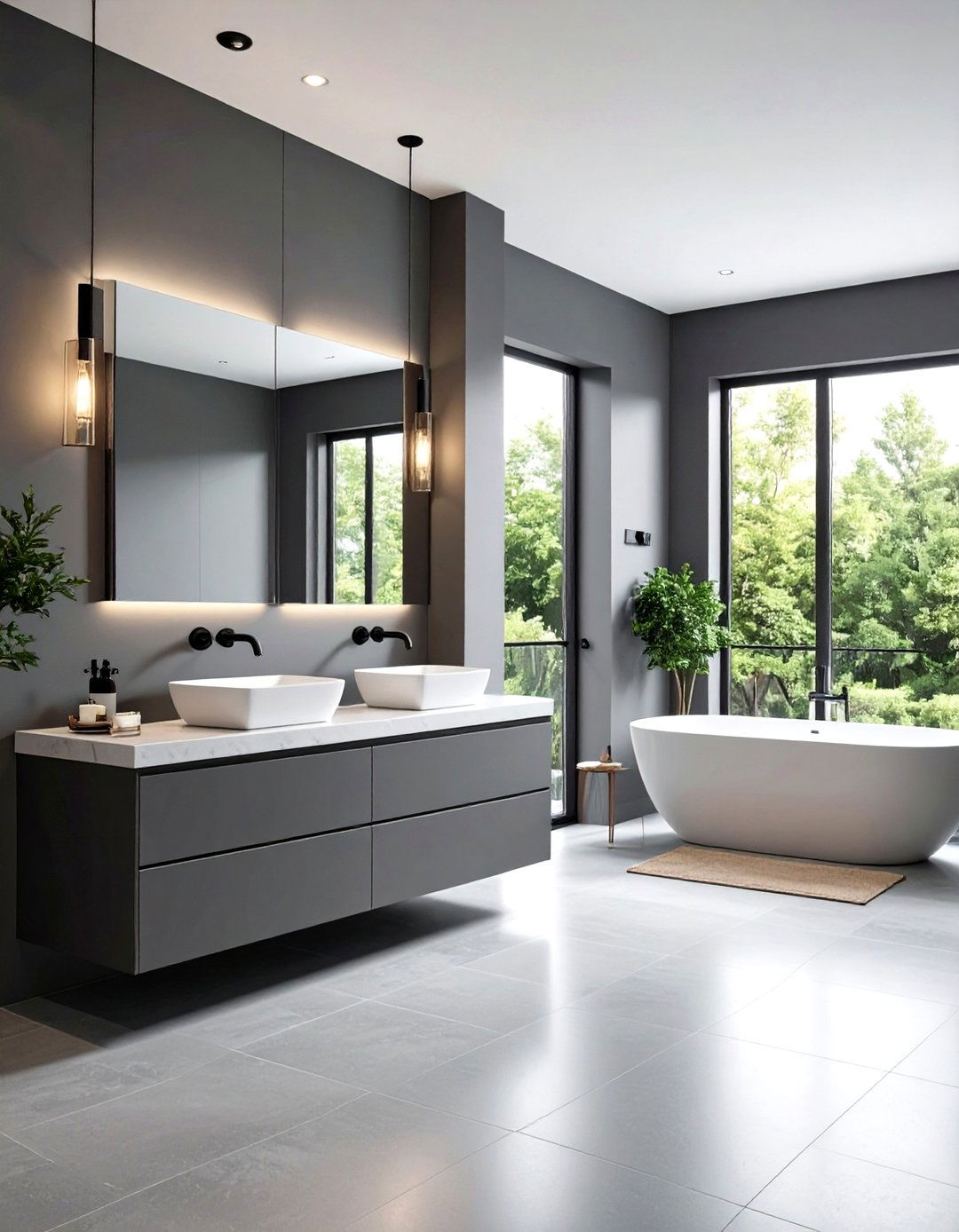
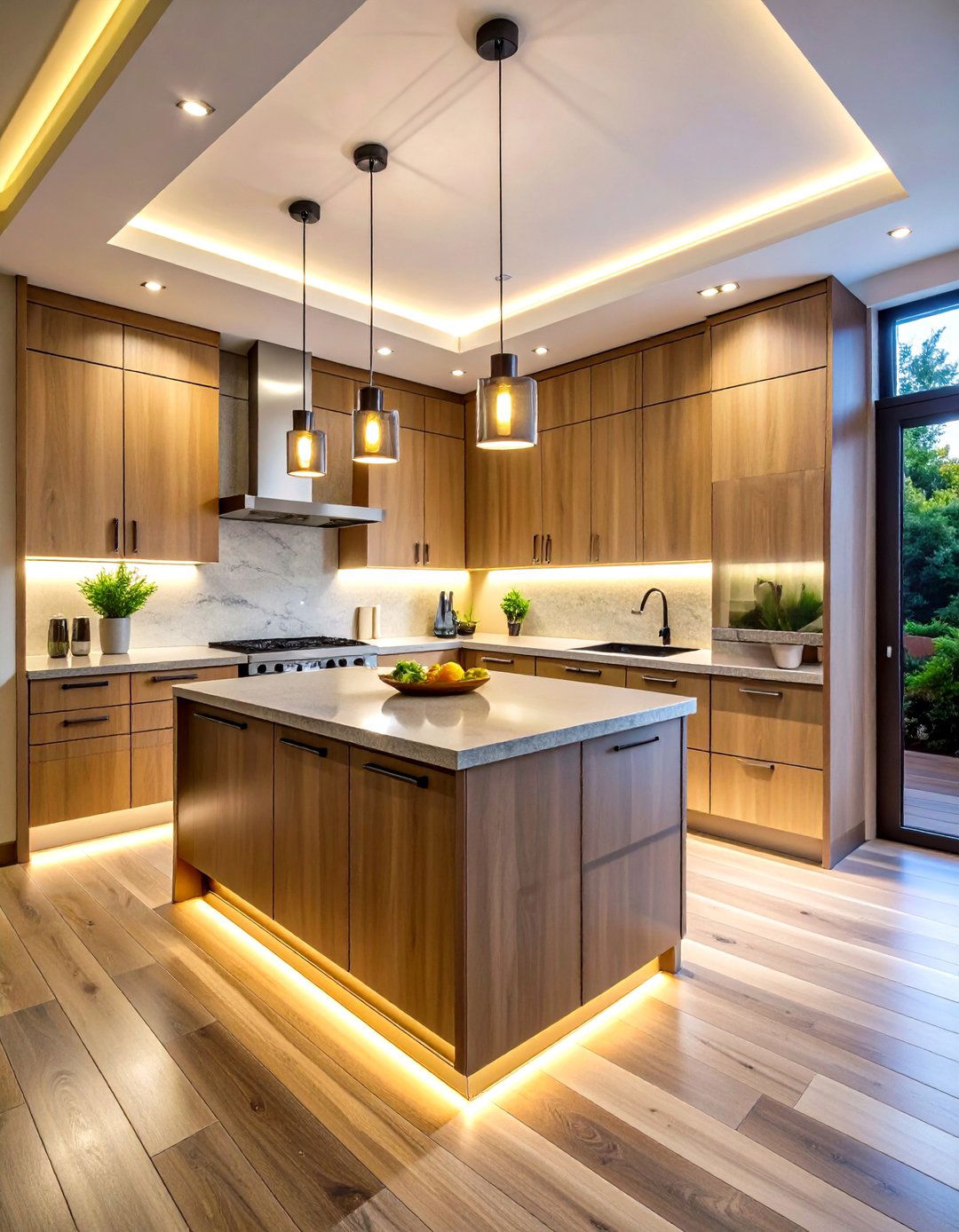

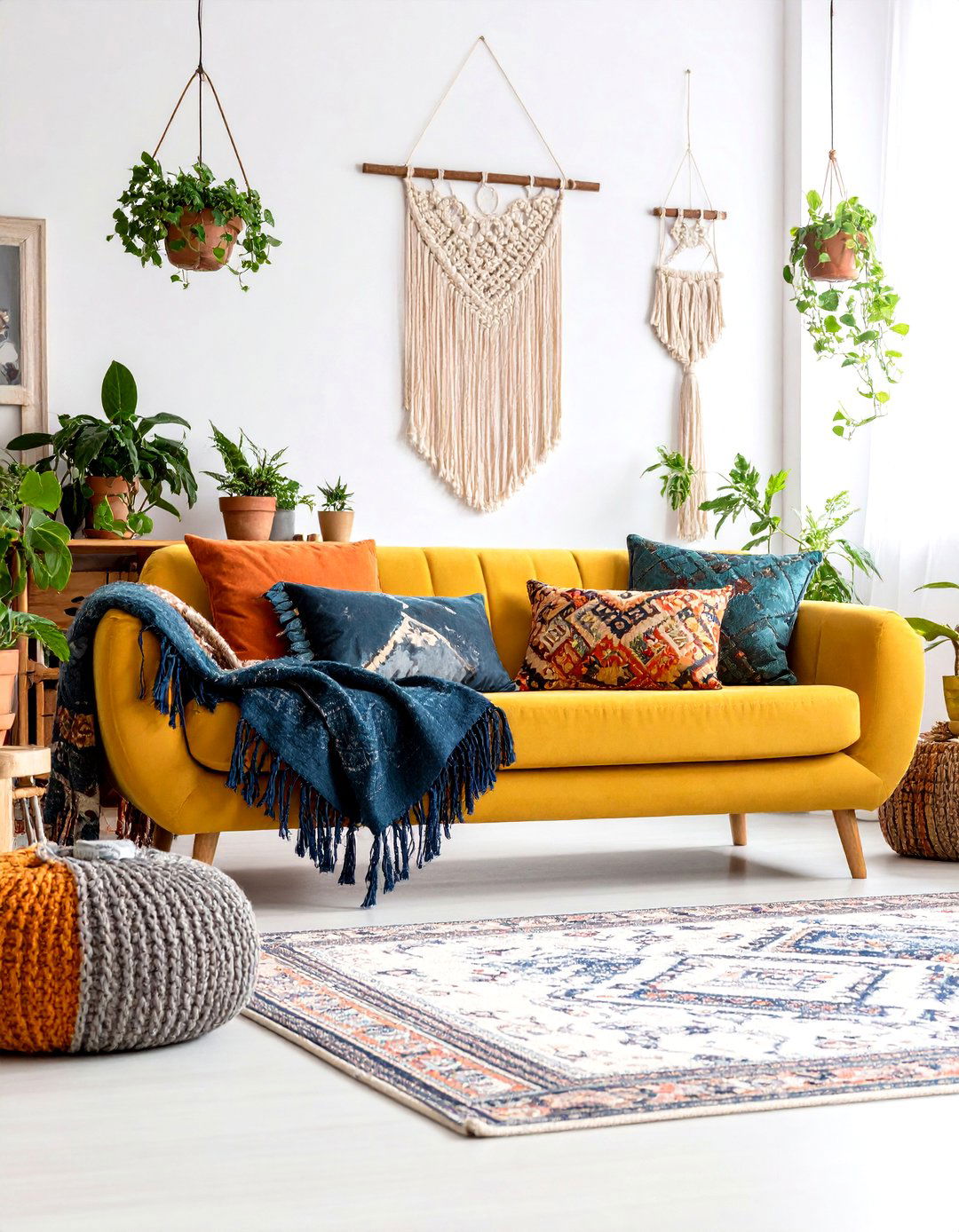
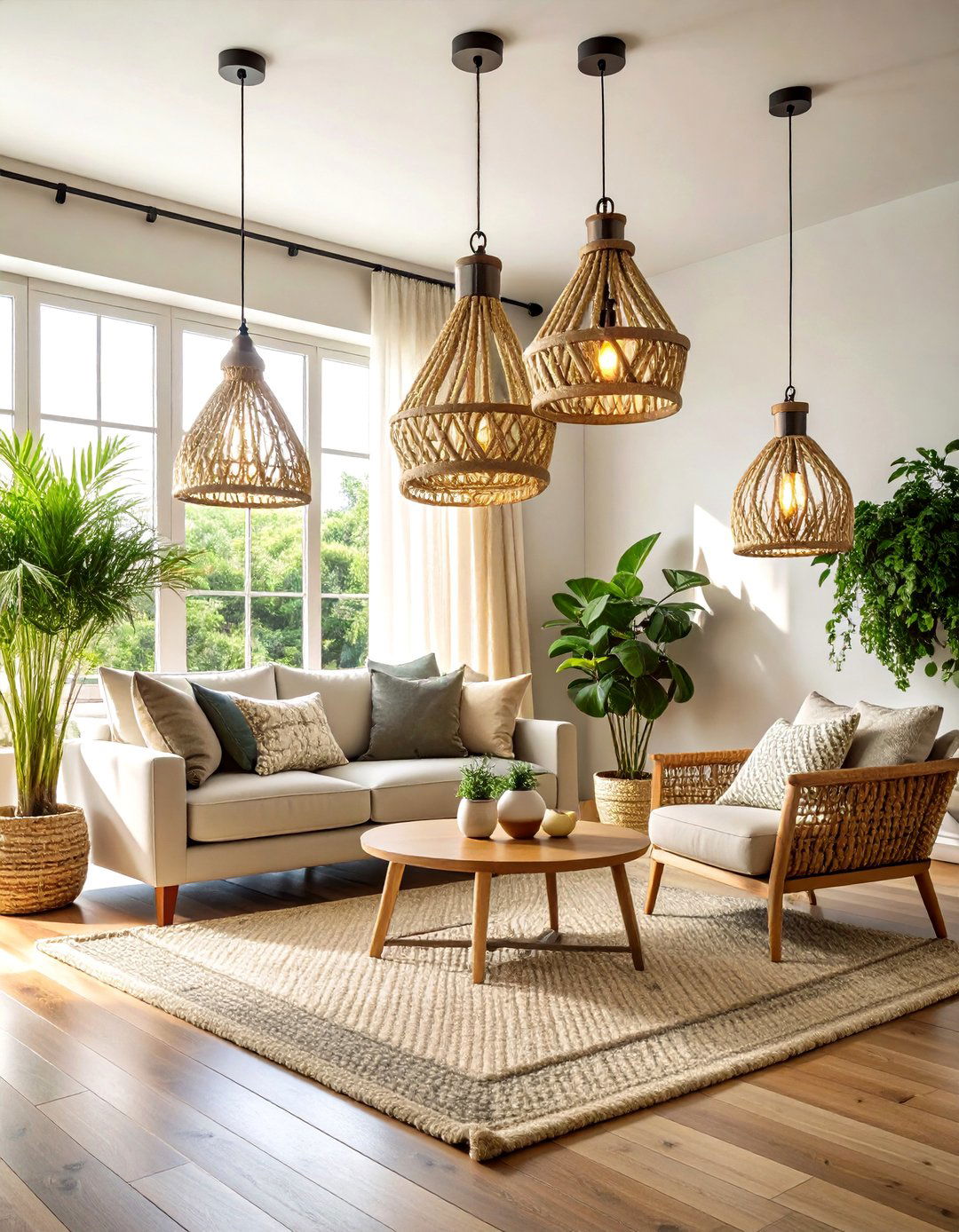

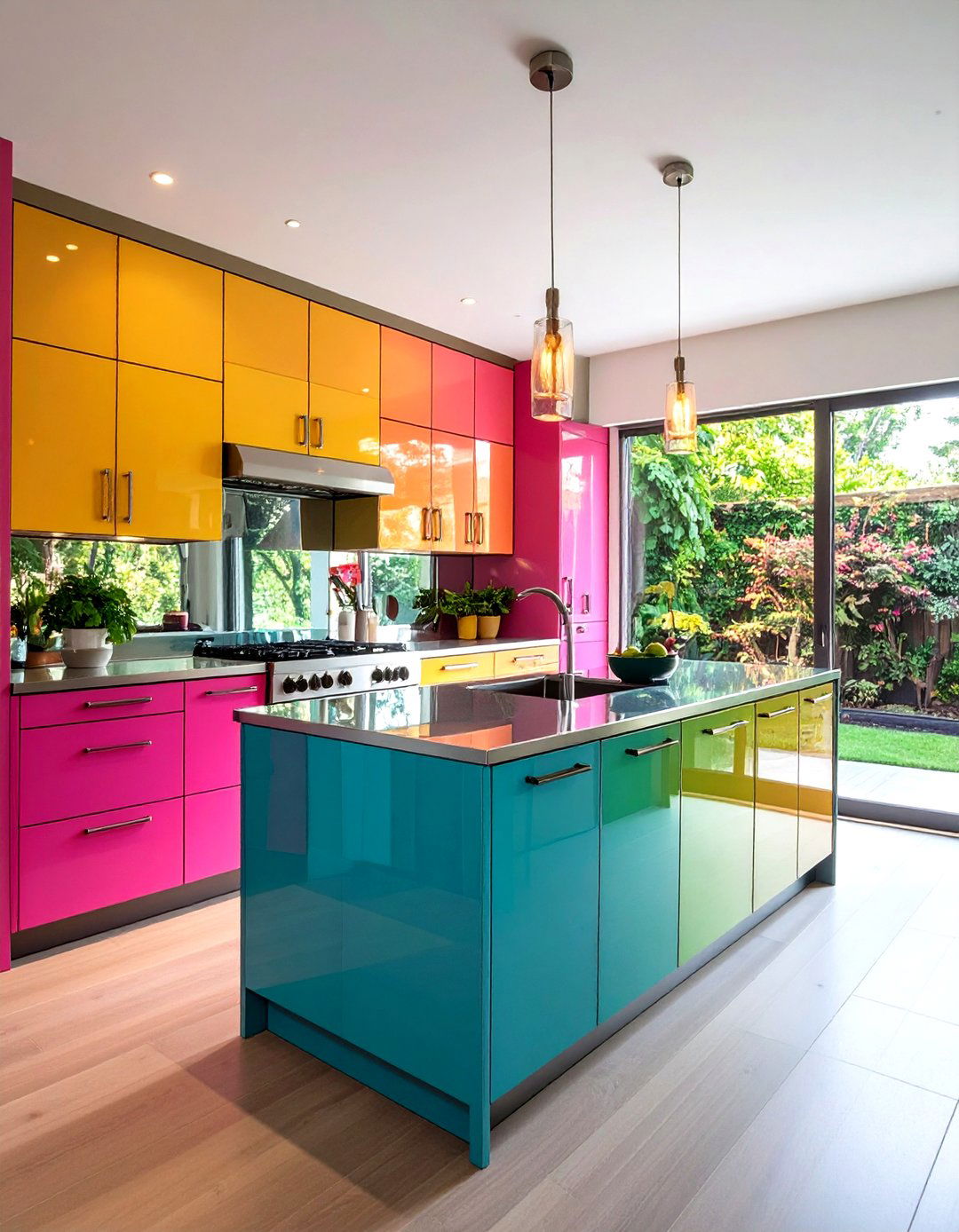

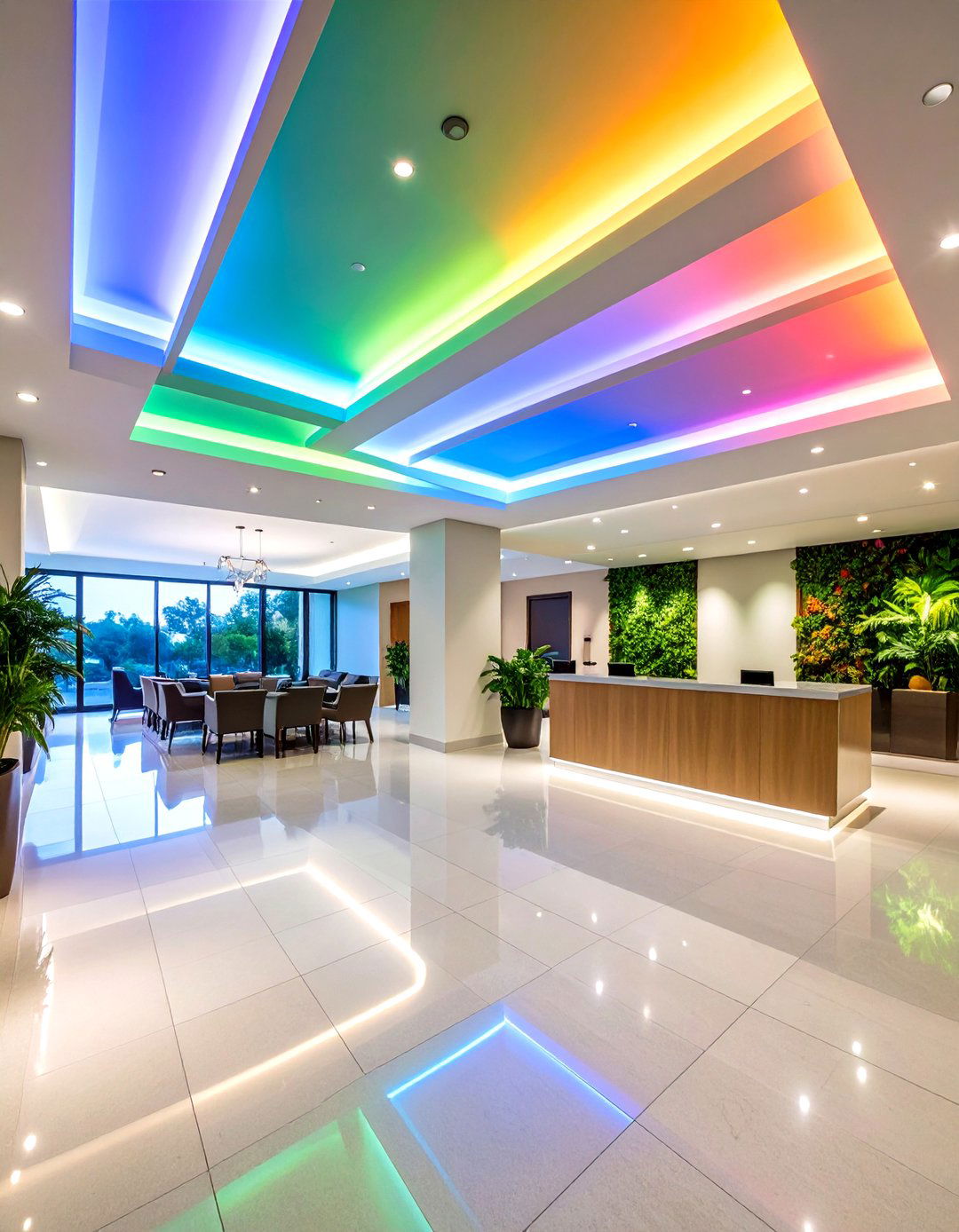
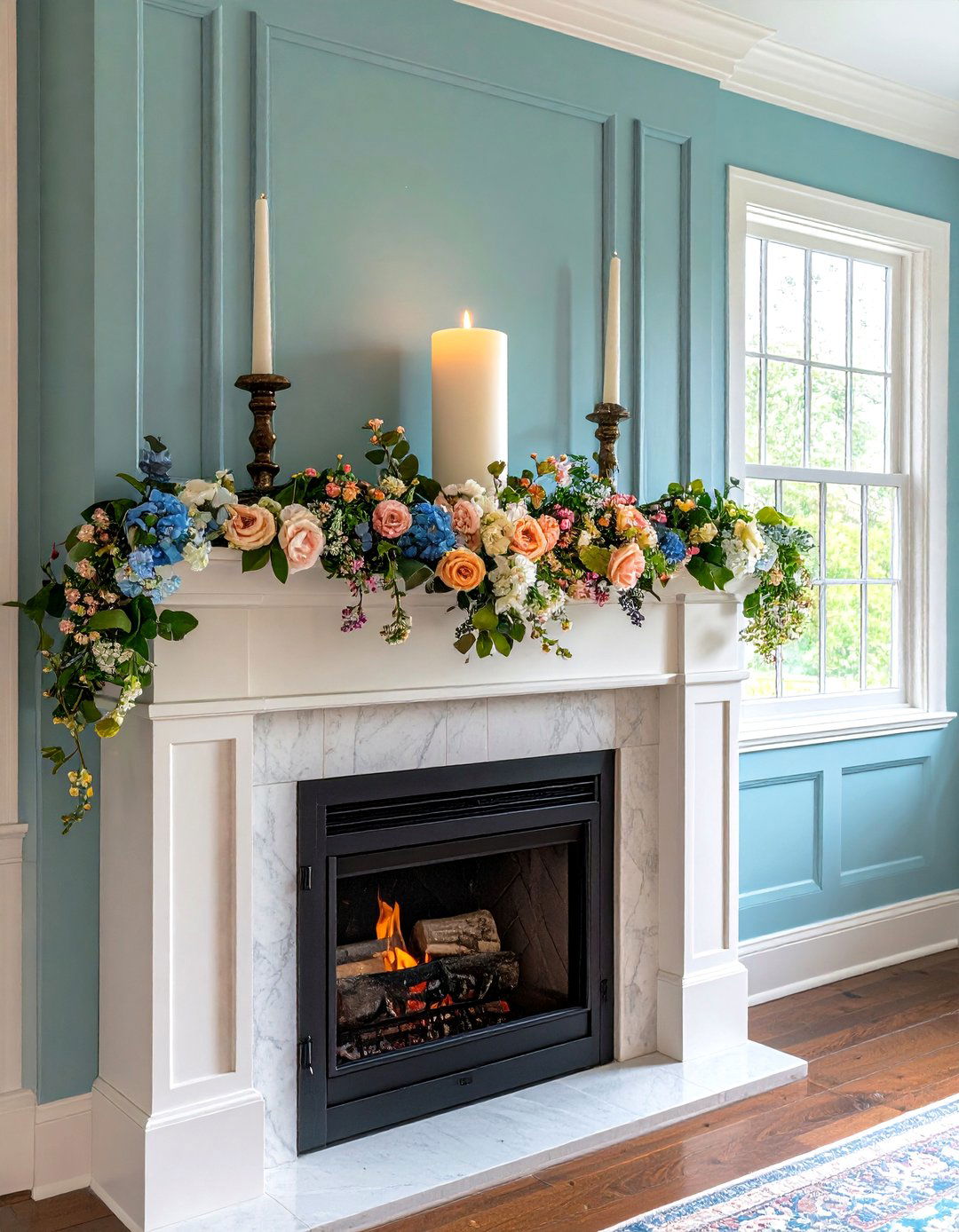

Leave a Reply